When nature acts up, it can feel like you’re witnessing a glitch in reality. Those moments where things just don’t add up, like when birds start behaving oddly or skies change colors dramatically, often leave us on edge. Sometimes, these peculiar happenings are precursors to major disasters. By paying attention to these natural ‘glitches,’ we might just get a hint that something big is around the corner.
1. When Birds Fled En Masse

Birds are usually pretty predictable, sticking to their migration patterns and daily routines. However, before a major earthquake struck Haicheng, China, in 1975, residents noticed something strange. Thousands of birds took off and fled the area en masse, seemingly without reason. This unusual behavior was among the key signs that prompted scientists to predict the earthquake, a rare success in earthquake forecasting. Geophysicist Dr. Stephen Gao noted that animals often detect subtle changes in the environment that humans cannot, which could explain their sudden departure.
The bird exodus was just one of several unusual animal behaviors reported before the quake. Local farmers also observed cattle refusing to enter their barns and dogs barking incessantly. These bizarre occurrences led to an evacuation warning, saving countless lives when the quake hit. While it’s not always possible to predict earthquakes, paying attention to nature’s signals can sometimes provide crucial insights. In this case, the birds and other animals seemed to sense the impending disaster long before it happened.
2. When the Skies Glowed In Neon Colors
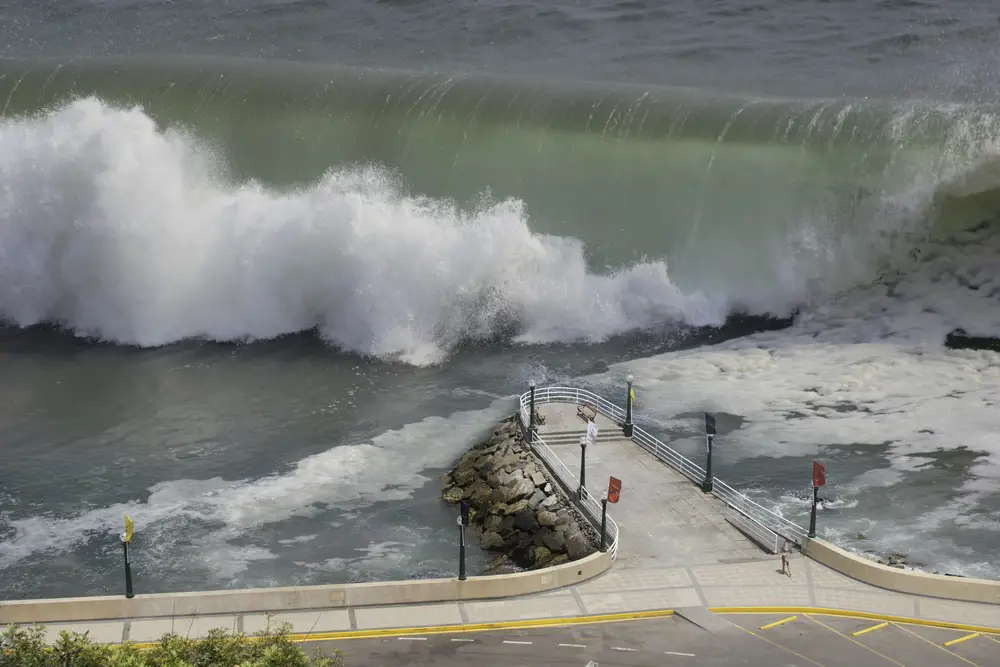
Have you ever seen the sky light up in neon colors? Just before the devastating Japan earthquake and tsunami in 2011, strange, neon-like lights appeared in the sky. These lights, known as “earthquake lights,” are rare atmospheric phenomena that sometimes occur before or during seismic activity. Scientists believe these lights might be caused by the release of certain gases or electrical charges from the Earth’s crust. Witnessing such a spectacle can be both mesmerizing and unsettling, especially when it’s a harbinger of disaster.
The concept of earthquake lights is still not completely understood, but their appearance has been documented throughout history. In the days leading up to the Japan earthquake, numerous people reported seeing these eerie lights. Some described them as resembling bright auroras, while others saw flashes of various colors. While the lights themselves are harmless, their presence often precedes a destructive event. For those who witnessed the phenomenon in Japan, it was an unforgettable experience linked to a very tragic event.
3. When Animal Behavior Got Weird
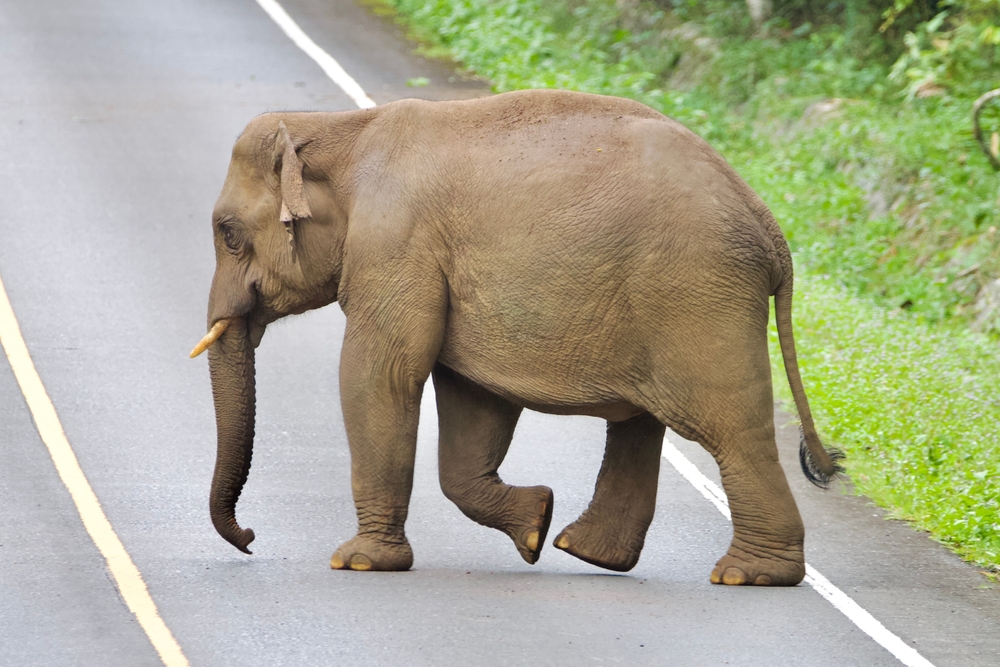
Animals have been known to act strangely before natural disasters, and the 2004 Indian Ocean tsunami was no exception. Before the massive wave struck, elephants in Sri Lanka were reported to have fled to higher ground. Similarly, zoo animals in the region were noted to be unusually restless, refusing food and pacing their enclosures. Dr. Katherine Houpt, an animal behavior expert, points out that animals have heightened senses that can detect changes in the environment, such as vibrations or shifts in the Earth’s magnetic field. This instinctual behavior might have saved many animal lives when the tsunami hit.
Residents near the Yala National Park in Sri Lanka observed the unusual animal movements firsthand. While humans were caught off guard by the tsunami, the animals seemed to have an innate sense of the impending danger. This phenomenon highlights the potential for animals to serve as natural early warning systems in future disasters. By paying attention to these behavioral clues, communities might better prepare for such events. It’s a reminder of how intertwined we are with the natural world and its signals.
4. When the Temperature Suddenly Spiked

Imagine sweating through an unseasonably warm winter’s day, seemingly out of nowhere. Before the catastrophic Loma Prieta earthquake in California in 1989, the region experienced sudden temperature spikes. Many residents noted these unexpected changes, as temperatures soared to nearly summer-like levels in the days leading up to the quake. While some dismissed it as a quirky weather pattern, others felt something more ominous was at play. This shift in temperature added an extra layer of unease to the air.
Scientists have been investigating the potential link between abrupt temperature changes and seismic activity. While no direct correlation has been established, fluctuations in temperature could be related to shifts within the Earth’s crust. These changes might trigger the release of gases or other substances that impact the local climate temporarily. Although the warm weather itself posed no direct threat, it coincided with other strange occurrences before the quake. For those who lived through the Loma Prieta earthquake, the warm spell remains a vivid precursor to the disaster.
5. When Eerie Sounds Rumble Underwater

Imagine being out on a calm sea, only to hear strange rumblings beneath the surface. Before the eruption of Krakatoa in 1883, sailors reported hearing eerie sounds underwater, described as a mix of hissings and low growls. They didn’t know it at the time, but these were early warning signs of the volcanic eruption that would become one of the deadliest in recorded history. Marine geologist Dr. Maya Tolstoy explains that such sounds can be caused by the movement of magma and gases within a volcano, creating auditory clues to impending activity. These sounds are often overlooked but offer vital information about what’s happening beneath the Earth’s surface.
In the days leading up to the eruption, more sailors and fishermen reported hearing similar noises. The sea itself seemed to vibrate with the intensity of the sounds, making it clear that something was amiss. These auditory anomalies were soon followed by the violent eruption that devastated the region. While modern technology provides more advanced monitoring tools, these natural auditory signals remain an important piece of the puzzle. Recognizing these sounds early can provide crucial extra time for preparations and evacuations.
6. When Rivers Literally Vanish

Imagine waking up one morning to find a riverbed completely dry. In 1815, before the massive eruption of Mount Tambora, locals noticed that rivers around the volcano were drying up unexpectedly. This sudden disappearance of water was due to the volcanic activity beneath the surface, which caused a shift in the water table and diverted the river’s flow. While it seemed like a curious natural event, it was actually an alarming sign of the impending eruption. The drying rivers were among the first indications of major geological changes occurring in the area.
For those living near the volcano, the vanishing rivers were a major disruption to their daily lives. The waterways were crucial for drinking water, agriculture, and transportation. As the rivers dried, it was clear to some that something was seriously wrong. The locals’ concerns were confirmed when Mount Tambora erupted, leading to widespread devastation and loss of life. This scenario serves as a stark reminder of how interconnected natural elements are and how changes in one aspect can signal transformations in another.
7. When Fish Mysteriously Die-Off

Imagine coming across a shoreline littered with dead fish, seemingly without cause. Before the Chilean earthquake in 2010, beaches in the region were covered with masses of dead sardines. This could be due to underwater shifts that release toxins or drastically alter water temperatures, affecting marine life. For locals, the sight of thousands of fish washed ashore was both shocking and perplexing. Yet, in hindsight, it was a clear sign of the seismic activity brewing beneath the ocean floor.
The dead fish were initially thought to be due to pollution or a sudden change in water chemistry. However, as more reports came in, it became apparent that something larger was affecting the region. While fish die-offs can occur for various reasons, their timing in this case was too coincidental to ignore. The eerie scene served as a warning of the catastrophic earthquake that followed. Recognizing patterns like these can help communities better understand and anticipate the signs of impending natural disasters.
8. When Unusual Cloud Formations Take Hold
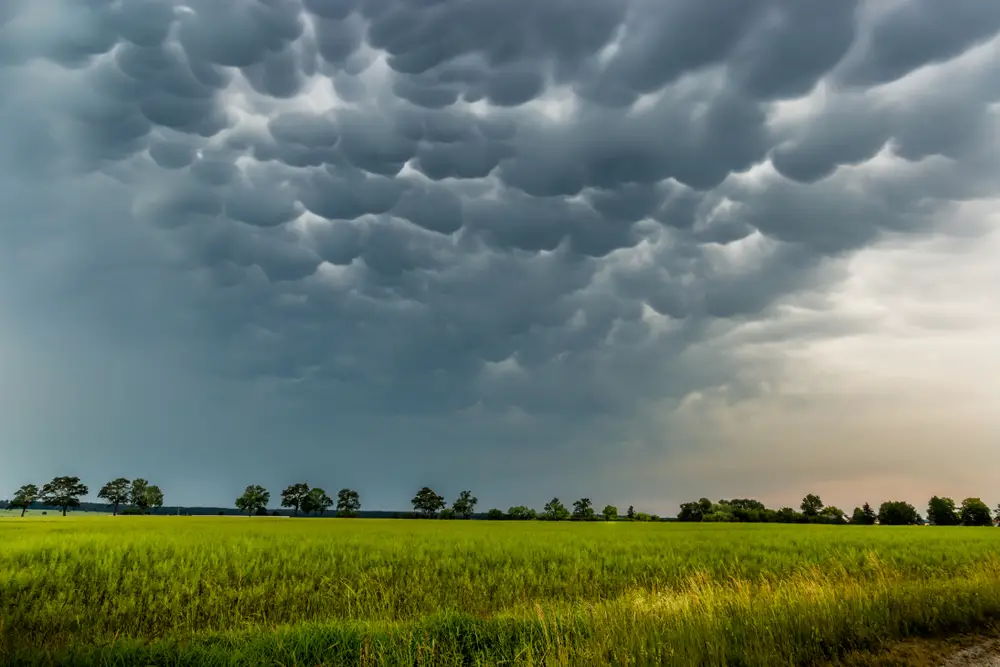
Imagine looking up and seeing clouds forming shapes and patterns you’ve never seen before. Before the Sichuan earthquake in 2008, many people reported peculiar cloud formations in the sky. These clouds seemed to form unusual shapes and sometimes emitted an iridescent glow. While not a definitive predictor, some researchers believe that such formations can be linked to electromagnetic disturbances related to seismic activity. For those who noticed these clouds, it was as if nature itself was trying to signal something significant.
These cloud anomalies sparked both awe and apprehension among observers. Some dismissed them as mere coincidences, while others took them as an omen of something more. The debate on whether cloud formations can predict earthquakes continues, but their appearance before the Sichuan quake left a lasting impression. The unique appearance of these clouds became part of the collective memory of the disaster. Observing the sky might not provide exact predictions, but it can certainly offer clues about the changing conditions.
9. When Animals Suddenly Relocate

Picture waking up one morning to find that your neighborhood has become a temporary zoo. In the days leading up to the 1906 San Francisco earthquake, numerous reports came in about animals like rats and snakes leaving their usual habitats. These creatures seemed to be on the move, possibly sensing changes in the environment. The sudden relocation of these animals added an element of tension to the air, as people began to wonder what it all meant. It was as if the animals were seeking safer ground.
While it’s not unusual for animals to move around, the timing and number of reports were noteworthy. This kind of behavior is often linked to animals sensing vibrations or shifts in the Earth’s crust. As with other natural signs, the movement of animals served as a subtle hint of the impending disaster. People who noticed the exodus were left with a feeling of unease, unsure of what was coming next. In the aftermath, these observations became part of the broader narrative of how nature sometimes warns us before it strikes.
10. When Water Levels Drop Overnight

Imagine going to your local river or lake and noticing the water levels have dropped drastically overnight. Before the earthquake that struck Tangshan, China, in 1976, locals observed significant drops in water levels in wells and lakes. This phenomenon was attributed to the shifting of underground water channels due to seismic activity. Such changes were puzzling at the time, but they turned out to be one of the few natural warning signs before the devastating earthquake. For those who noticed, it was an eerie precursor to the events that followed.
The sudden decrease in water levels caused confusion and concern among residents. While some thought it might be due to a temporary drought, the rapid change suggested otherwise. It wasn’t until the earthquake struck that the connection became clear. The event highlighted the need to pay attention to environmental changes, no matter how small. Observations like these can provide crucial insights into the Earth’s unpredictable behavior.
11. When Animals Make Strange Sounds

Imagine stepping outside only to be greeted by a cacophony of strange animal noises. Before the Valdivia earthquake in Chile in 1960, residents reported hearing unusual sounds from animals at night. Dogs were howling more than usual, and birds were making eerie calls. This increase in animal vocalizations was a sure sign that something was unsettling the local wildlife. While people couldn’t pinpoint the cause, the bizarre chorus of animal sounds was a clear indication of distress.
The noises were particularly unsettling because they didn’t match the usual nighttime sounds. Many people reported feeling a sense of dread as the animal noises continued unabated. Experts think this behavior may be due to animals sensing vibrations or changes in atmospheric pressure. For those who heeded the warning, the sounds were an eerie prelude to the natural disaster that ensued. Understanding these vocal cues can help people better prepare for unexpected natural events.
12. When a Sudden Fog Descends
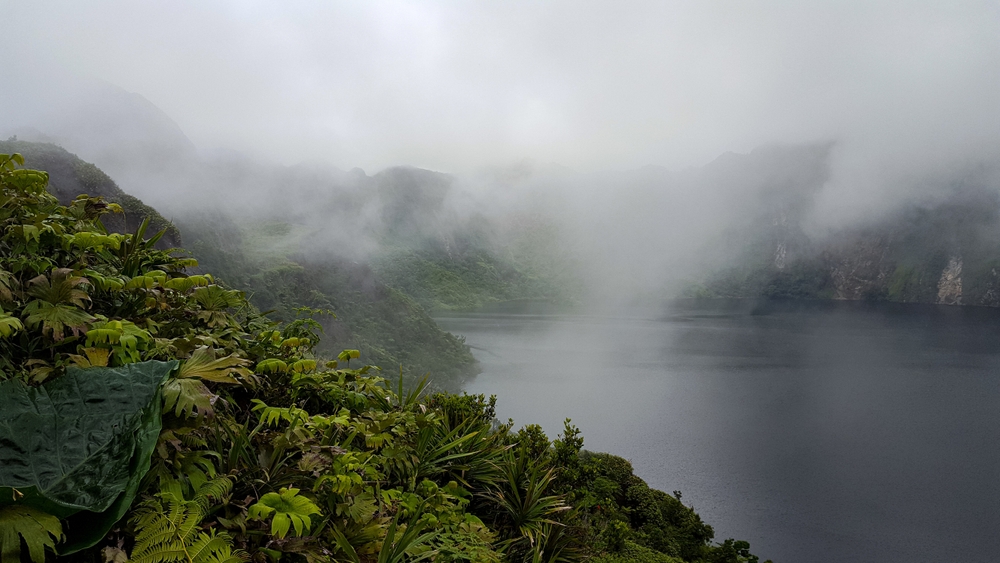
Have you ever witnessed a sudden mist enveloping your surroundings out of nowhere? Before the Mount St. Helens eruption in 1980, people reported an unusual and sudden appearance of fog around the mountain. This mist wasn’t just any weather phenomenon; it was linked to the volcanic activity brewing beneath the surface. As the volcano began to release gases and ash, the moisture in the air condensed, creating the fog. For those nearby, it was an unexpected and eerie sign of the explosive events yet to come.
Initially, the fog seemed merely like an odd weather occurrence. However, as it persisted and thickened, residents began to realize that something unusual was happening. This atmospheric change was accompanied by other signs like rumblings and smoke from the volcano, which pointed to an impending eruption. The sudden fog added an element of suspense and tension to the days leading up to the disaster. Recognizing such weather anomalies can help communities anticipate significant geological changes.
13. When the Ground Shifts Or Sinks
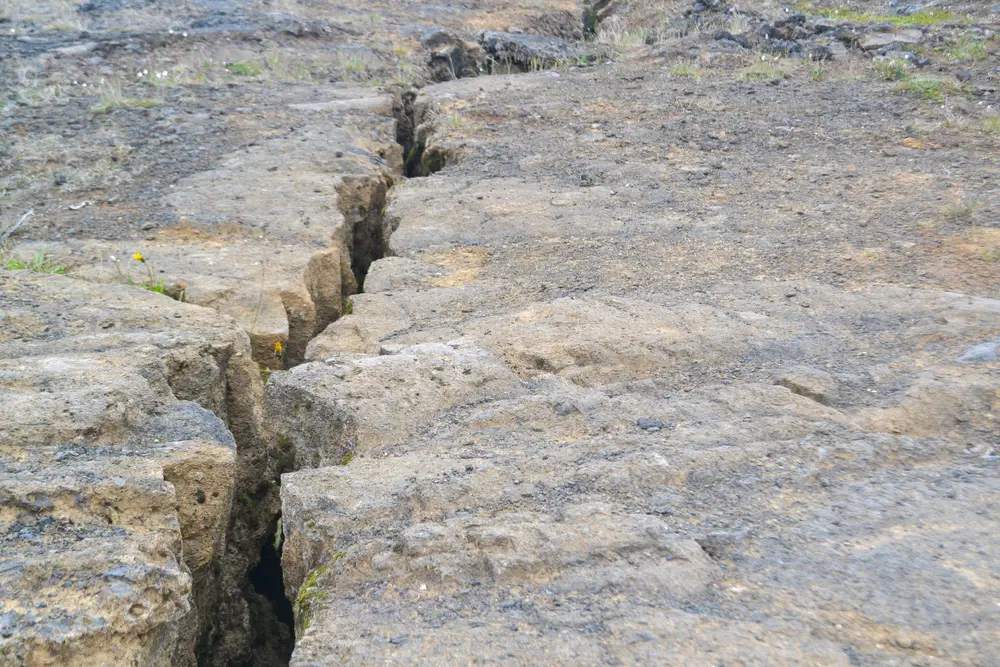
Imagine standing in your yard and noticing the ground feels different underfoot, as if it’s subtly shifting. Before the 2019 Ridgecrest earthquakes in California, some residents reported strange changes in the ground. Small sinkholes and areas of subsidence appeared in various locations, hinting at the seismic activity building up below. While these changes were subtle, they signaled the tectonic unrest soon to manifest in a powerful earthquake. Observing these shifts can provide valuable clues to the movements of the Earth’s crust.
These changes in the landscape were subtle yet significant. For those paying attention, the ground seemed to be sending a warning about the stress accumulating beneath the surface. While it’s challenging to predict earthquakes with precision, monitoring geological changes can offer insights into possible future activity. The unusual ground movements added to the list of phenomena that sometimes precede major seismic events. By paying attention to the natural world, we might gain a better understanding of its unpredictable nature.
